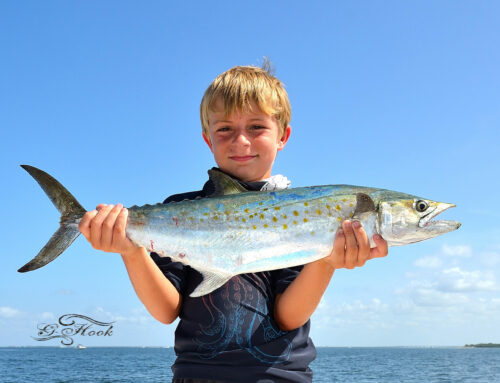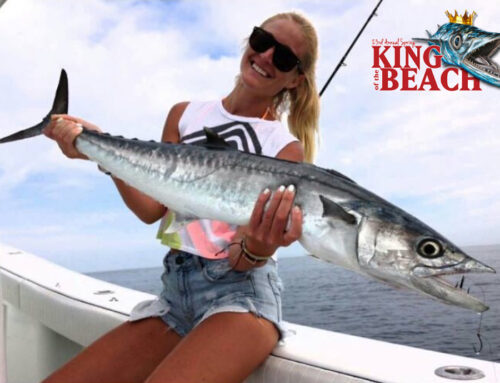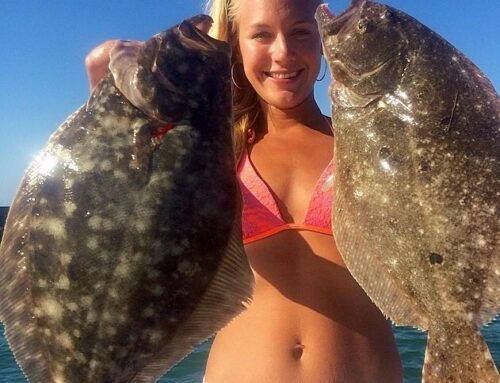 Congratulations to Paulette Barrett of St. Petersburg, FL for winning this weeks photo of the week CRABS! This cute little blue stole the show this week.
Congratulations to Paulette Barrett of St. Petersburg, FL for winning this weeks photo of the week CRABS! This cute little blue stole the show this week.
Here is a great article written a few years back by Capt. Ed Walker on backyard crabbing.
_____________________________________________
Grab your own crabs
Stone crabs are there for the taking, either in inexpensive traps or for those willing to dive for the delicious pinchers.
By ED WALKER
Published December 10, 2005 – Tampa Bay Times
Stone crabs are one of most prized delicacies that inhabit our local waters, but few are harvested by the general public.
Virtually all of the annual catch comes from commercial trappers who deliver the tasty claws to wholesalers. The claws are cooked, graded by size and resold to restaurants and consumers. Demand has been high this year, and the catch has been good north of the Pinellas/Pasco county line.
To the south, crabbing has been poor. This has caused retail prices to climb upward of $19 per pound for the jumbos and $16 for larges.
What many people may not realize is that catching stone crabs is easy. The Florida Fish and Wildlife Conservation Commission allows anyone with a recreational fishing license to possess 1 gallon of claws per person or 2 gallons per vessel, whichever is less.
There are several methods that can be used to secure a stone crab dinner. The easiest is to put out traps of your own.
By law, any fisherman may use up to five stone crab traps. Recreational traps must meet the following criteria: Buoys must have a legible “R” at least two inches high, permanently affixed to them.
Traps shall have the harvester’s name and address affixed to them in legible letters and must be retrieved manually during daylight hours. Traps must not be placed in navigational channels or waterways.
Each trap must have a degradable wooden panel equal to the size of the entry hole on the top of the trap. This panel is designed to rot away and allow crabs and other creatures to escape should the trap ever be lost.
Prerigged plastic and wire traps can be purchased at many marine supply stores for slightly less than the cost of a pound of jumbo claws at the market.
Traps are most effective when they are placed on rock or sand bottom. There are a few grassy areas offshore from Citrus and Hernando Counties that are popular for winter bait-shrimp trawling that are closed to traps.
The boundaries of these restricted areas are available from the FWC or at its Web site: www.myfwc.com
Most recreational trappers use fish such as mullet or grouper heads or for bait. In cold water these large baits remain effective for as long as a week, which helps when the seas are too rough to get out for rebaiting.
By setting all five traps in a line and saving the GPS coordinates for the northern and southernmost buoys, you should have no trouble keeping track of your gear. Typically three to four days is sufficient for the crabs to crawl into the traps.
Another way to collect stone crab claws is to dive or snorkel for them. It takes a bit of practice to locate and catch them, but after you master the technique it is quite easy. Shallow rock piles or jetties are great places to start.
Simply swim along the bottom edge of the rocks and look in each hole for the claws. An occupied hole usually has clean sand and broken shells around the the opening. This is made up of material that has been excavated or expelled by the crab to keep its house clean.
Some divers use a short metal rod with a 90-degree angle on the end to reach behind the crab and pull it out. Any stick or rod with an angle more then 90 degrees is considered a hook and is illegal to use.
Most experts just reach in and grab their quarry by the claws. Although it may seem crazy to put a gloved hand into a hole with a creature that can break a finger, it is not as risky as it sounds.
Speed is the key. Stonies move slowly, and in most cases you can pull them into the open before they clamp down on your fingers. After exposed they put their claws up in a defensive posture, which allows you to grasp a claw in each hand.
Regardless of how you catch them, the minimum claw size is 23/4 inches measured from the lower tip or “finger” to the first elbow joint. None may be taken from egg bearing females.
After onboard, do not put them on ice. Cold causes the meat to stick to the shell. Set all the claws into a box or even into a bait well until you get home.
In the kitchen, put the claws into rapidly boiling water for 10 minutes, then transfer them directly to ice water. If need be, you can freeze them.




Leave A Comment